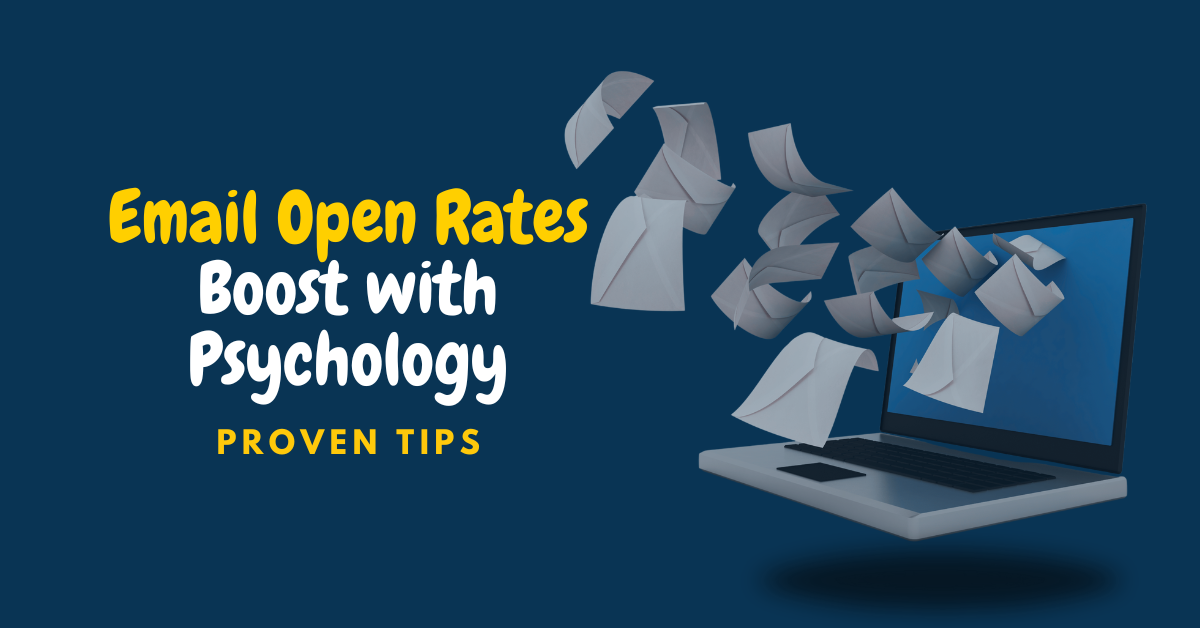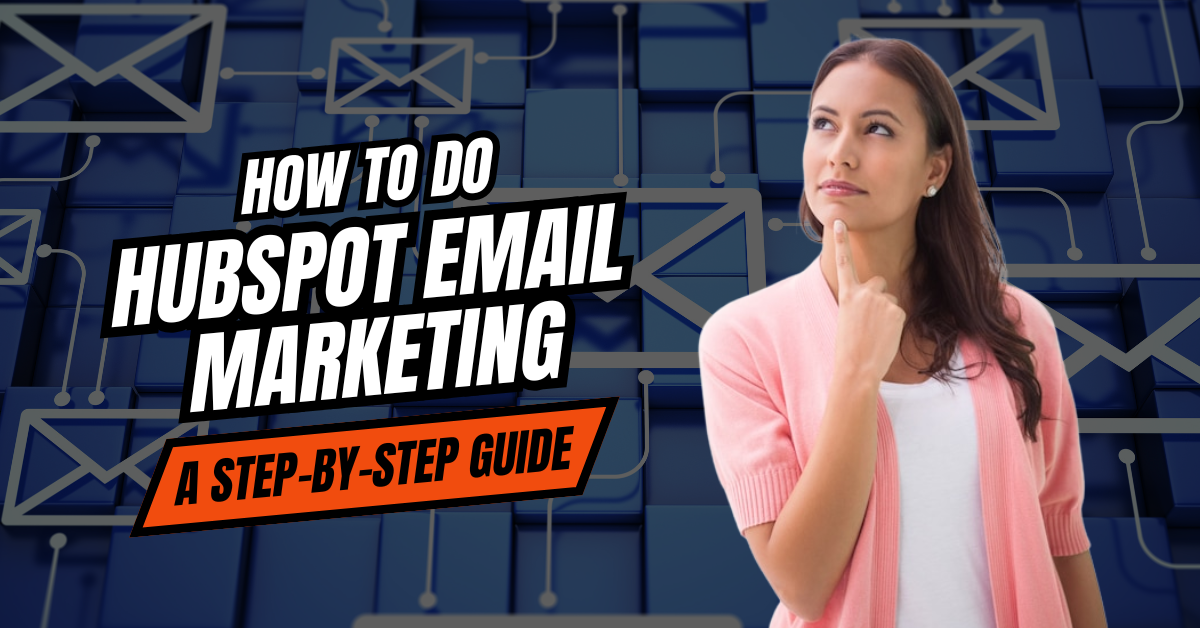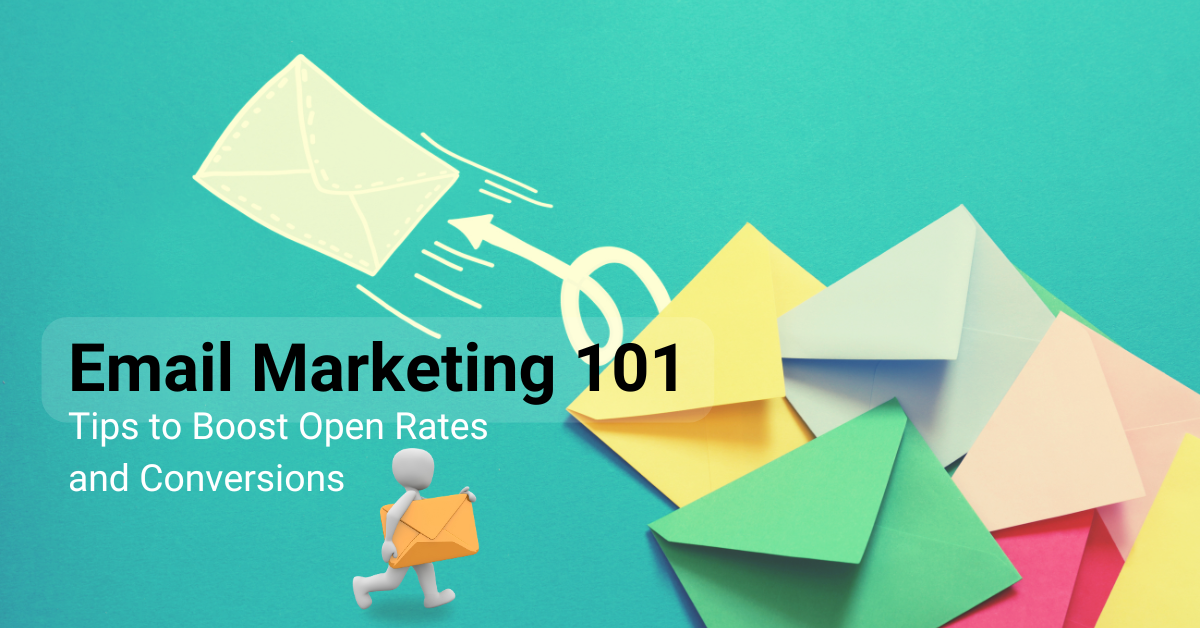The Psychology of Email Open Rates: How to Use Color, Timing, and Language to Trigger Clicks
Email marketing is one of the most effective ways to connect with your audience, but increasing email open rates or getting people to open your emails can feel like a mystery. Why do some emails get ignored while others are eagerly opened? The answer lies in psychology. By understanding how people think and behave, you can craft emails that grab attention and drive action.
In this blog, we’ll explore the science behind email open rates and share actionable strategies to help you boost engagement. From the role of color psychology to the perfect timing for hitting “send,” let’s dive into the secrets of crafting irresistible emails.
1. The Role of Color Psychology in Email Design
Did you know that colors can influence emotions and decisions? This is the foundation of color psychology, and it plays a significant role in email marketing.
- Subject Lines: Using bright, attention-grabbing colors like red or orange in your subject line previews can create a sense of urgency or excitement. For example, a red “Sale Ends Tonight!” notification is hard to ignore.
- CTAs: Buttons in contrasting colors (like green or blue) stand out and encourage clicks. Research shows that green often conveys positivity and action, making it a popular choice for CTAs.
- Email Headers: A cohesive color scheme that aligns with your brand builds trust and recognition. For instance, if your logo is blue, using similar shades in your email design creates a sense of familiarity.
Pro Tip: Test different color combinations in your emails to see what resonates with your audience. A/B testing can help you identify the most effective palette.
2. Timing is Everything: When to Hit Send
Even the most well-crafted email won’t perform well if it’s sent at the wrong time. Timing is a critical factor in email marketing, and it’s rooted in human behavior.
- Best Days to Send: Studies show that emails sent on Tuesdays and Thursdays tend to have higher open rates. These days strike a balance between the Monday rush and the Friday wind-down.
- Optimal Times: Early mornings (around 8–9 AM) and mid-afternoons (1–3 PM) are ideal because people often check their emails during these windows.
- Time Zones Matter: If your audience is spread across different regions, segment your list and schedule emails based on their local time. Tools like Mailchimp and HubSpot make this easy.
Pro Tip: Use analytics to track when your audience is most active. Over time, you’ll identify patterns that can inform your send schedule.
3. The Language of Curiosity and Urgency
Words have power, and the language you use in your subject lines and email content can make or break your open rates.
- Curiosity Gaps: Create intrigue by teasing valuable information without giving everything away. For example, “You Won’t Believe What’s in Store for You!” sparks curiosity and encourages clicks.
- FOMO (Fear of Missing Out): Phrases like “Limited Time Offer” or “Only a Few Spots Left” tap into the fear of missing out, prompting immediate action.
- Personalization: Beyond using the recipient’s name, tailor your language to their preferences. For instance, “Your Favorite Products Are on Sale” feels more personal and relevant.
Pro Tip: Keep subject lines short (under 50 characters) and front-load the most compelling words to grab attention in crowded inboxes.
4. Personalization Beyond “Hi [First Name]”
Personalization is more than just inserting a name into an email. It’s about making the recipient feel seen and understood.
- Dynamic Content: Use segmentation to send targeted emails based on user behavior. For example, if someone abandoned their cart, send a follow-up email with the items they left behind.
- Behavioral Triggers: Send emails based on actions, like a welcome email after signing up or a re-engagement email after a period of inactivity.
- Human Touch: Write in a conversational tone and address the recipient’s pain points. For example, “We noticed you’ve been busy—here’s a quick update just for you.”
Pro Tip: Use tools like ActiveCampaign or Klaviyo to automate personalized email campaigns based on user data.
5. A/B Testing and Data-Driven Decisions
The best way to know what works for your audience is to test, analyze, and refine. A/B testing allows you to experiment with different elements and make data-driven decisions.
- Test Subject Lines: Try different tones, lengths, and styles to see what resonates. For example, test a humorous subject line against a straightforward one.
- Experiment with Timing: Send the same email at different times to determine when your audience is most responsive.
- Analyze Results: Use email analytics to track open rates, click-through rates, and conversions. Look for patterns and adjust your strategy accordingly.
Pro Tip: Don’t stop at one test. Continuously refine your approach based on the data you collect.
Conclusion: Master the Art of Email Psychology
Email marketing is as much about understanding human behavior as it is about crafting compelling content. By leveraging color psychology, optimizing send times, using persuasive language, and personalizing your emails, you can significantly boost your open rates.
Remember, the key to success is testing and refining your strategy. What works for one audience may not work for another, so stay curious and keep experimenting.
Ready to take your email marketing to the next level? Check out the Digital Marketing Training Institute in India (NIDM) for advanced courses and insights.
For more tips on improving your email campaigns, explore our guide on “Email Marketing 101: Tips to Boost Open Rates and Conversions”
.






A well-explained guide on how psychology impacts email open rates. The tips on color, timing, and personalization are highly useful for Digital Marketing strategies. Great read!
This was such a helpful read! I never realized how much psychology goes into getting someone to open an email. The tips on using color and timing were especially eye-opening, and I love how you tied it back to Digital marketing strategy as a whole. Definitely bookmarking this one—email marketing just got a whole lot more interesting!
Informative blog . Thank you.
Super useful tips! Tapping into psychology to boost email open rates is such a smart approach—small tweaks like subject line wording can really make a big difference. Definitely trying a few of these in my next campaignOnline digital marketing training institute